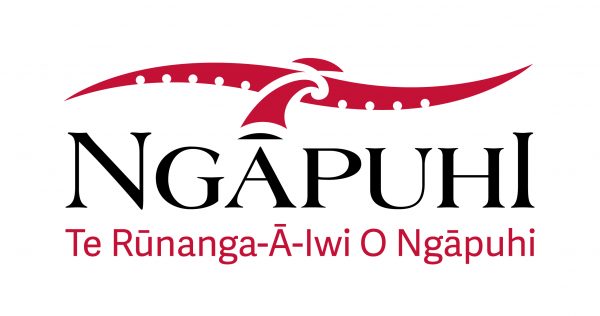

Such was the situation when on February 8, 1962, a court sitting was held at Oromahoe marae with Judge Gillanders Scott presiding. Areas of land which had been in pasture rapidly began to show the signs of neglect. In two instances families cut their connections all together in Oromahoe, by selling BetterĮmployment opportunities and income beckoned, both at local freezing works and further afield in Auckland. Small holding were increasingly being left, particularly by the young. Pertinent to good farming practice, was not geared to accounting for management of income to relative debt.

Advice from Māori Affairs Department field officers, whilst being The economics of the time made it increasingly difficult to keep up with such things as mortgage repayments. It was becoming increasingly evident however, that what had been considered a minimum income requirement in the early post war years, was now no longer Such a herd, it was thought, would be capable of providing a sufficient income for families, which were often large. Magical number, being held as the ideal by some to aim for. This situation continued into the 1950s with up to 11 farms sending cream to the dairy factory, one farm only having more than thirty cows. What was grown or killed was shared, as was labour for such seasonal activities as haymaking. Pigs and Sheep were also kept mainly to provide supplementary meat for domestic use, and for the former, to make use of the skim milk available. Prior to World War II, a number of small holdings had been established comprised mainly of a few dairy cows, with cream being sent to the Bay of Islands dairyįactory. Ngāti Tautahi, Ngāti Whakaheke and Ngāti Kaihoro have also been recognised as being hapū who have had rights in Oromahoe. The dominant hapū in Oromahoe presently are Ngāti Rāhiri, Ngāti Kawa, Te Ngare Hauata, Matarahurahu and Whanaurara. In the case of Oromahoe however, there have been instances of rights to occupy, with ultimate legal titleīeing bestowed on individuals who would otherwise not have had the kinship connection to claim. Were not affected by ringa kaha, or rights of conquest followed by permanent occupation.

Rights were claimed by accepted Māori practice of ahika or occupation through tūpuna, pā, mahinga and mana rangatira. Present owners trace their descent from these tūpuna.īy the turn of the century, individual title had still not been established, and it was for this purpose that the Oromahoe Papatupu Committee was established During the mid-19 th century, kaumatua who had the mana rangatira of the land were Mahikai and his teina Marupo Tuhirangi and his teina Peia Parangi,īrother of Marupo’s wife Waihue Whiorau teina of Te Pua and Timi their first cousin as well as Kemara and Moko. There were small settlements with houses, land and features of the landscape all named, Oromahoe has a long history of occupation by hapū of the Ngāpuhi tribe.


 0 kommentar(er)
0 kommentar(er)
